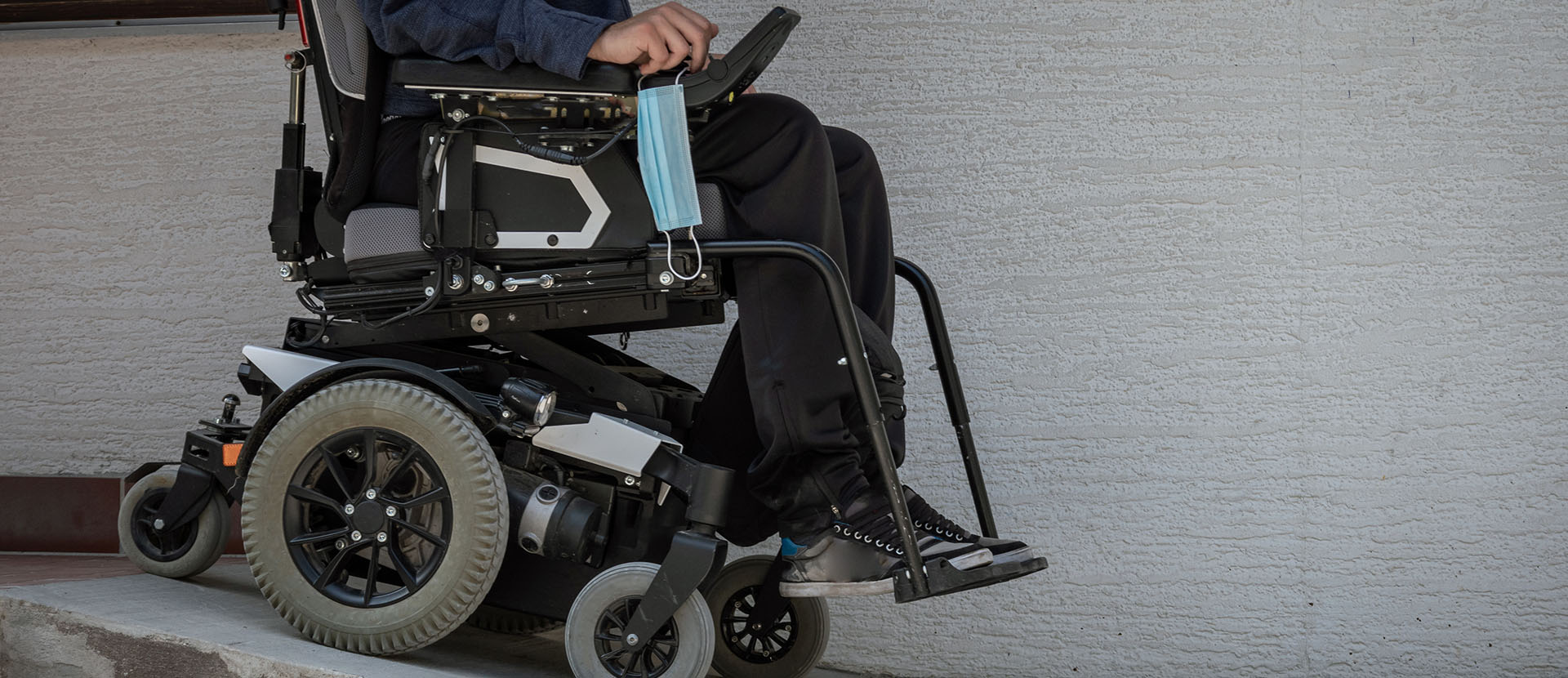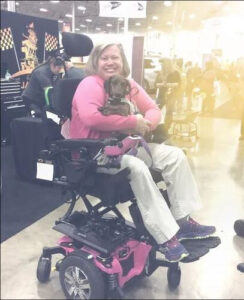
24 May 2023 Melissa Ortiz: How Electric Car Propaganda Preys on People With Disabilities
Chicken Little, a beloved character from children’s literature, was famous for his frantic warning that the sky was falling because an acorn fell and hit him on the head.
He convinced a small group of friends to believe him, and they set off — all worked up into a panic — to tell the king of the forest. They asked no real questions, but blindly joined Chicken Little in his panic and marched to the king’s domain to report this “finding” to him.
This story sounds an awful lot like the climate change rantings of today. They call to rid ourselves of things like gas stoves, incandescent light bulbs, and coal-powered electric plants. There is also a move to end the production and use of gas-powered engines, as it’s supposedly “settled science” that these things are truly horrible for the environment.
There is a frantic push toward an all–electric energy future, especially one powered by unreliable solar and wind sources, to save us from the nefarious bogeyman of global warming — all while the real polluters have no intention of hamstringing their economies in the same way. In reality, U.S. carbon emissions are dropping (we contribute 11%), while those in Asia, specifically India (6%) and China (27%), are soaring.
At the forefront of this utopian future is the electric car — deemed by some as the savior of the environment because it has zero carbon emissions and uses no fossil fuels.
The inconvenient truth about electric car technology is the fact that it is not truly suitable for long-term use — especially in heavy vehicles or cold weather.
People with disabilities who use wheelchairs could technically be called the first drivers of electric vehicles. Electric wheelchairs have been in wide use since the 1950s. Users know firsthand the blessings and hazards of anything that runs on a battery. Being able to go where one wishes regardless of physical ability is a true blessing. But getting stuck in the cold or rain when a battery will not operate at full power is a hazard.
In the winter, a wheelchair will go only 75 to 80% of the distance it should go on a full charge. At times, if the temperature is too low, the wheelchair will simply stop. Similarly, according to AAA, an E.V. loses 12% of its range in the winter — 34% if the heater is on full blast.
And that’s the best-case scenario. As these expensive lithium batteries age, they diminish. Replacements are expensive, and recycling old batteries costs more than manufacturing new ones. So there is little incentive to recycle.
Yet the E.V. manufacturers are marketing heavily to the disability community without publicly acknowledging the downsides. A person who uses a manual wheelchair could certainly use an E.V., especially since it is easier to plug in something than handle a gas pump with limited dexterity. An E.V. can be modified to use a ramp or lift for an electric wheelchair–user, certainly.
The problem is the same battery that powers the car would power the lift. If the battery dies, it might not be possible to get the driver out of the car safely. The dangers of breaking down in any car, electric or not, are different for a person with mobility challenges.
Further mimicking the story of Chicken Little are people who prey on those prone to folly. Along the way to chat with the king, Chicken Little and friends meet up with the sly Foxy Loxy, who lures them into his den for his own evil purposes while offering to go tell the king on their behalf that the sky is falling.
Likewise, the people who want to sell E.V.s do not discuss the limitations of the battery or the ugly truth behind how the batteries for the car are made. The cost is also often dismissed. Most people, especially those with disabilities or in minority communities, are priced out of electric car ownership. This blatant discrimination is unacceptable.
What’s going to happen in the coming summer, when predicted brownouts occur because the existing grid cannot handle the needed electricity to power homes and offices, let alone electric vehicles? It will be a telling vision of the future when the proposed transition to electric is complete. Not everyone owns his own generator to charge vehicles when solar and wind can’t produce the necessary energy.
Chicken Little and his friends came to their senses once they reached Foxy Loxy’s den and thwarted his plans for them. As a nation, we need to come to our senses as well and ask the hard questions about the moral implications of turning a blind eye toward slave and child labor used to create the batteries needed to fuel the green utopian dream — not to mention fossil fuel industry workers who will lose their jobs, and cities that will be left gutted by the abandonment of factories that cannot be retooled to manufacture E.V.s.
Policies need to change so that technological advancements and market demands drive the energy and transportation vision of tomorrow — not woke environmental policymakers.
When the government decides which kind of cars can be driven, and what our energy sources should be, only the elite few win. The average American in flyover country will lose every time.
Melissa Ortiz serves the National Center for Public Policy Research as the organization’s senior adviser for the Able Americans Project. Melissa identifies as a “happy warrior” and is enthusiastic about driving a dialogue between people living with disabilities or chronic illness and policy-makers across the political spectrum, especially conservatives. This first appeared at American Thinker.




